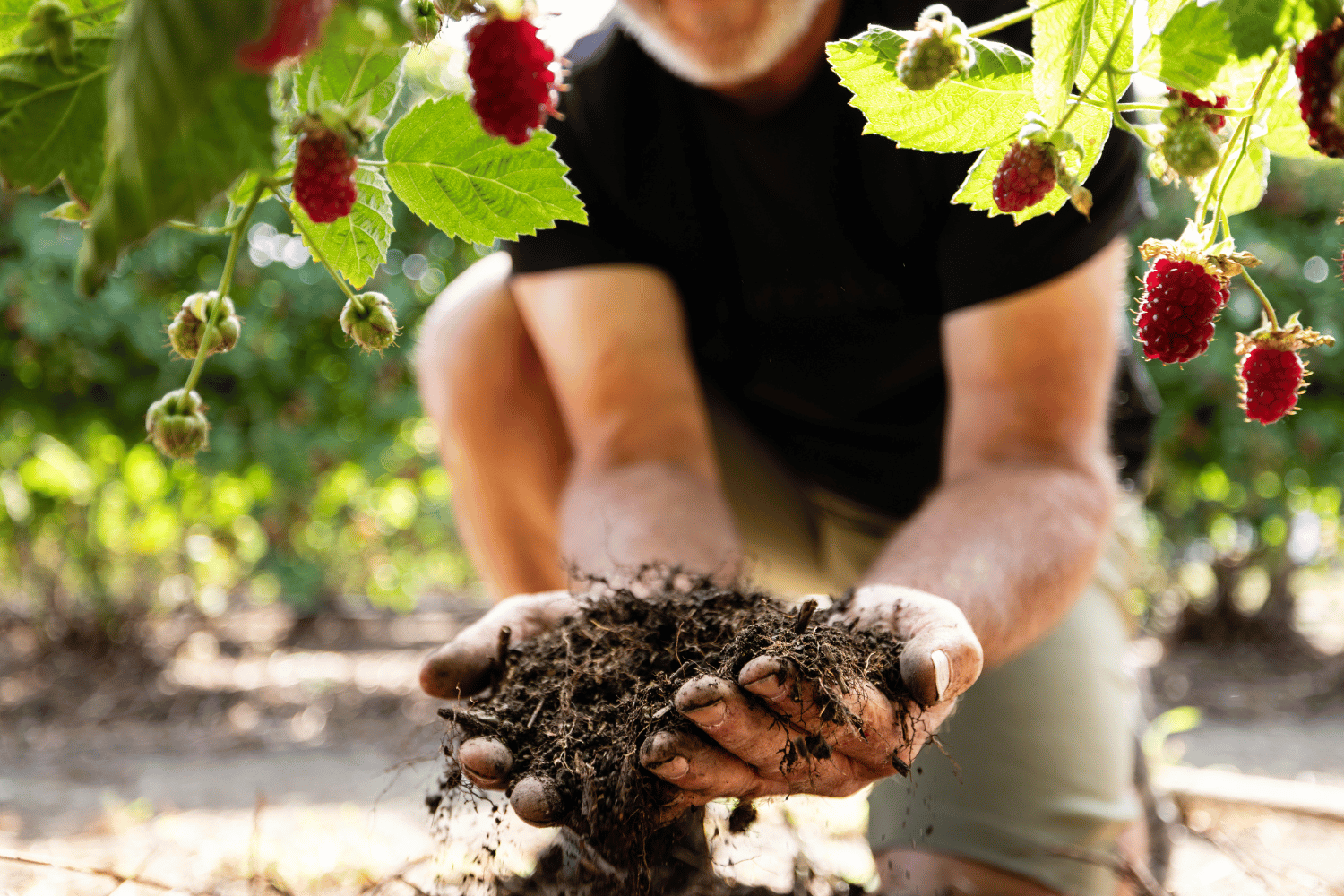Every parent knows that children love lollies, cookies and sweet drinks. But don’t be too hard on them; it’s all a delicious ploy by evolutionary biology to ensure survival of the youngest members of our species. Research shows kids are hardwired to have a stronger sugar preference than adults, and newborns will show a strong preference for sugar-sweetened solutions.
A child’s sensory world is very different from ours. They will salivate over treats far too salty or sweet for you and me, and are generally more sensitive to bitter flavours. One reason is simply that children need more sugar to support their rapid growth and development. A strong preference for sweet foods, which in nature were not always as ubiquitous as they are now, may have conferred a survival advantage.
Avoiding bitter foods makes sense too. In nature the bitter flavour often represents secondary plant compounds such as alkaloids and terpenes, which may be poisonous. By avoiding the flavour that may go with dangerous phytochemicals, again, children may have been using their taste buds to survive.
Sugar not only tastes extra good to little ones, it makes them feel extra good too. Doctors know this and so will use sugar-sweetened liquid as a natural pain reliever in infants too young for traditional analgesics.
There is good news though — at the age at which children stop growing, their preference for sugar shrinks as well. By age 15 or 16, most teenagers show about the same preference as adults for sweet foods and drinks. The age at which that preference changes can be predicted by measuring bone turnover — when bone stops growing, kids may stop raiding the lolly jar as well. One reason research shows for this, is that growing bones secrete hormones such as insulin and leptin that may stimulate the brain and influence metabolism, taste and cravings.
Problems arise however when we have a system perfectly evolved for procuring sugar in an ancient environment where it was scarce, now operating in a world where sugar is everywhere. In the modern world of junk food, childhood obesity and rampant chronic disease in our youngest population, it's obvious we need to curtail the cravings of our little ones before it's too late.
Here are10 ways to get your children eating healthier food.
Swap sweets
This is really obvious but worth noting. Eliminate processed junk food and sweets and replace them with naturally sweet foods. Fruit is the star here — have cut fruit available in the fridge and whole fruit on the counter. Children will choose healthy food if it’s readily available (and there is nothing yummier hiding in the pantry). Serve fruit in place of desserts.
Give peas a chance
Children’s sensitive taste buds may react strongly to even minor bitter tastes. Introduce vegetables often, but do not give up if they are rejected the first few tries. Most kids need to sample a stronger flavour 5-10 times before they accept it as edible (or even begin to like it). Try introducing a rejected food in a variety of ways. Hated raw broccoli? Try steamed with butter and a dash of salt. Still a no? Try blending broccoli into pasta or sauces.
Don't force it
If a child shows a very strong aversion, throws up or feels sick, do not rush to reintroduce the food as the child may have an intolerance. If any food (even healthy ones) give them a tummy ache or significantly changes their behaviour (moody, whiny), do not force them to try it again.
Get the kids involved
Allow them to make (some) choices. Making mealtime fun and including your children in the process empowers them and may aid enjoyment of food. Several studies show children are more likely to eat healthy and new food if they are involved in making it. Allow children to pick what they want from a variety of healthy options — whether they choose peas, broccoli or carrots doesn't matter, they will feel they have some control over the situation, and you will have succeeded in getting them to eat a vegetable!
Teach your children to grow something
Allowing kids to grow, harvest and then cook food guarantees they will want to sample the fruit (or veg) of their labour. Start with sprouts or micro-greens. These are ready in a few days (ideal for short attention spans), are guaranteed organic, and tend to be more nutritious than supermarket produce. Sunflower sprouts are excellent for kids — the taste is mild and sweet, they are full of protein and important vitamins and minerals, and you can let a few from each batch go on to become beautiful sunflowers! https://www.youtube.com/watch?v=vEWcO22X8yw
Dips are it!
If your kids won't eat vegetables, experiment with dips. Guacamole, hummus, yoghurt, even chocolate dips may be fair game. Getting the vegetables in, even if it comes with a bit of sugar, is worth it. A sprinkle of brown sugar over cooked vegetables is a useful trick. Use their evolutionary drive for sugar to their advantage, remembering they will outgrow it.
Relax a bit
It’s easy to become a perfectionist but not worth the stress. I tell parents that if a child's diet consists of whole foods at least 70% of the time, some treats are fine. My parents never allowed us any junk food, and the result was binge eating ice-cream at my grandma’s house or spending all my lunch money every single day for two years in primary school on chocolate brownies from the tuck shop. Try not to substitute sweets for love, reward or attention but rather if the situation calls for it, like a birthday party, let them eat cake! Also, remember health is the sum of years of behaviour. Eating junk on occasion or at a special event is fine.
Don’t make special meals for kids
After the toddler years, consider no longer playing the role of short-order cook. Involving children in meal planning or preparation and allowing them to choose what’s on their plate (from healthy options on the table) helps foster lifelong healthy eating habits. Kids notice. When they see you eating and enjoying whole foods, they likely will be open to doing the same.
Mimic favourite processed foods at home with healthier options
You can find organic grass-fed hotdogs easily in New Zealand. Make your own chips in the oven from organic potatoes. Use zucchini noodles instead of conventional pasta, and even make healthier versions of brownies and pudding using black beans and avocado. Check out this link: http://www.ambitiouskitchen.com/2014/04/healthy-flourless-black-bean-avocado-brownies-vegan-and-gluten-free/
Remind them of the true superpowers in healthy foods
Children don’t care about being healthy, in fact they may equate healthy food with yucky food. Try calling vegetables “superfoods” instead and remind them of how strong, powerful and tall they will grow or how fast they will run if they eat the healthy food served to them. Enlisting the help of fictional heroes may work too — “You know Wolverine eats spinach to enhance his superpowers, right?”
Most importantly, choose organic where possible (and your budget can afford it) and read labels. Children are not just small adults. A child’s body has unique nutritional requirements, so it is especially important to protect their developing systems as much as possible. Foods higher on the food chain (animal products) should ideally be organic. Eating meat or dairy with antibiotics will also negatively affect their gut, increasing the likelihood of tummy troubles and much more (we know that our gut health affects our overall health). Food additives such as MSG, artificial colours and flavours have been linked to hyperactivity and learning difficulties. Many environmental toxins are also known as obesogens. These are chemicals such as pesticides, PCBs and phthalates (in plastics), PFOAs (teflon and non-stick cookware), BPA (canned foods and plastics) and antibiotics that can make children put on more weight than they should for the amount of calories they consume. Eating meat or dairy with antibiotics will also negatively affect their gut, increasing the likelihood of tummy troubles and so much more (we now know that our gut health is linked to our mood, immunity, inflammation levels and risk of many diseases).
Much more on obesogens here: http://mamavation.com/2015/02/obesogens-hidden-chemicals-can-make-family-fat.html.
To find out how to get started on the Shots, check out our Get Started page.
If you're a returning shotster, head over to the Online Store.
For more help refer to our FAQs or Contact Us.















